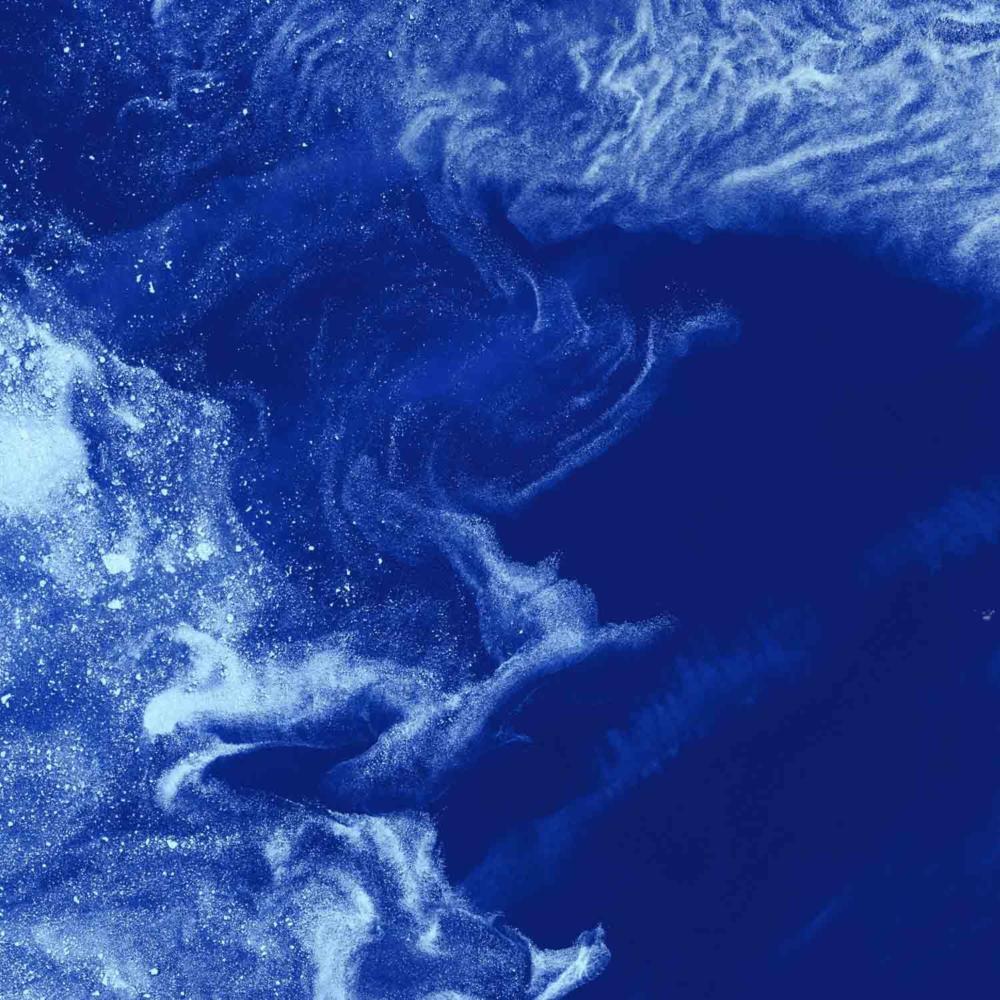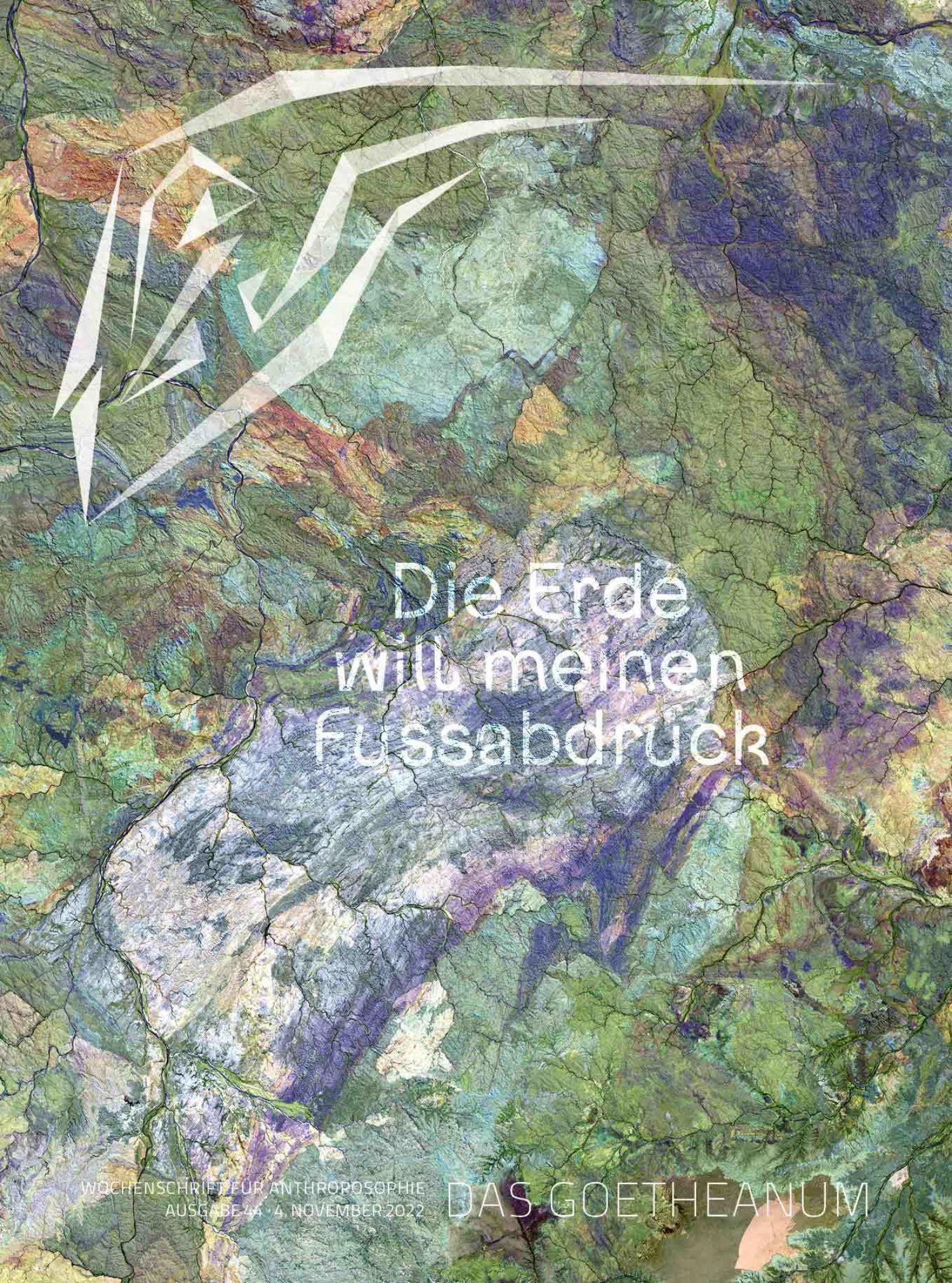Towards a New Anthropocene
A small book dealing with a big issue, ‹Breathing with the Climate Crisis›, has recently been published at the Goetheanum. Following the 2021 conference of the same name, jointly organized by the Youth Section and the Section for Agriculture, this ‹Call for a New Relationship between Humanity and the Earth› was written by Lin Bautze, Johannes Kronenberg, and Ueli Hurter.
It is also an attempt to develop a new language at the Goetheanum and to build a new relationship to the theme of climate change. Anthroposophy offers an approach to affirm humanity in its creative efficacy and freedom and to rebuild its partnership with the earth. Lin Bautze and Ueli Hurter presented the book at the COP 27 climate summit in Egypt in November. Here are some excerpts:
___________
Someone asks: Is my body the earth? I am the earth. The earth is me. My body is the earth. The earth is my body. But I am not just a body And not only the earth. Part of me is a guest. We are guests. But also at home. I breathe. The earth breathes. The earth lives. I want to live on the earth.
The Earth Bears Your Action
Diagnosis alone does not bring about change. We belong to a generation that has never had so much access to freely available knowledge. We are complete. We know everything.
But still, action seems so difficult.
We go by car. We fly. We eat. We buy. We throw things away. We create. We destroy. We don’t hear. We want to live! How?
Real follow-through in the climate crisis is complex. It is sometimes inconvenient and can require overcoming our own comfort.
Breathing with the environmental crisis. Sensing. Getting to know. Looking away. Not looking away. Looking.
What viewpoint could help us to find a new way of treating our earth? The image of the earth as an organism can help us to connect to the earth, develop empathy, and begin positive action.
___________
This excerpt comes from an article originally published in the (online exclusive) English Edition of the weekly Newsletter ‹Das Goetheanum›. You can read the full article on the website of 'Das Goetheanum'.
Image Floating chunks of sea ice in the cold waters of the Foxe Basin near Baffin Island in the Canadian Arctic. Sea ice often begins as fat ice, a soupy layer of tiny ice crystals on the ocean surface. As the temperature drops, the fat ice thickens and melts into firmer sheets of ice. Photo: Satellite image from the United States Geological Survey (USGS).


